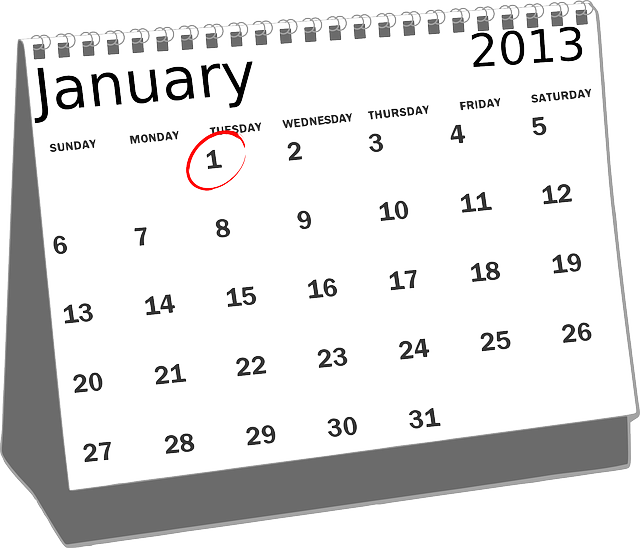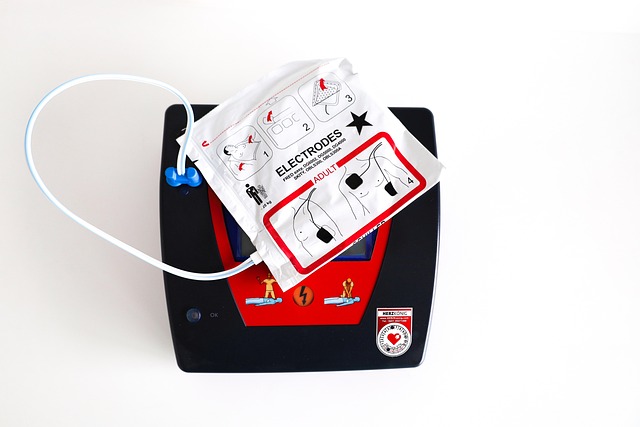Real estate property condition checks involve inspecting key components: structural integrity, water/mold damage, mechanical systems functionality, energy efficiency of windows & doors, and kitchen/bathroom wear. Document all observations thoroughly with visual aids for accurate reports aiding buyers & sellers in informed decisions.
Conducting thorough property condition checks is an indispensable practice in real estate. Before purchasing or renting, a comprehensive assessment ensures you’re aware of the asset’s true state. This article guides you through identifying essential components to inspect, performing detailed visual and functional assessments, and accurately documenting findings. By following these steps, you’ll make informed decisions, minimizing surprises and maximizing investment value.
Identify Essential Components to Inspect

When conducting a property condition check in real estate, it’s crucial to inspect key components that significantly impact a home’s value and safety. Start with the structural elements—foundations, walls, roof, and floors—to ensure they’re sound and free from major damage. Look for signs of water intrusion, mold growth, or pest infestations, as these issues can compromise structural integrity and affect indoor air quality.
Next, assess the mechanical systems such as heating, ventilation, and air conditioning (HVAC), plumbing, and electrical wiring. Check for proper functioning, efficient operation, and any necessary upgrades. In addition, evaluate the quality of windows and doors, including insulation and sealing to ensure energy efficiency. Lastly, inspect visible signs of wear and tear in kitchens and bathrooms, as these areas often require regular maintenance and updates.
Perform Detailed Visual and Functional Assessments

When conducting property condition checks in real estate, a meticulous visual and functional assessment is paramount. Start by meticulously inspecting the exterior of the property, looking for signs of damage, wear, or necessary repairs. Check for intact roofing, secure siding, and well-maintained windows. Move indoors to assess the overall layout, focusing on structural integrity, with an eye for any visible cracks in walls or foundations.
Examine key systems such as plumbing, electrical wiring, heating, ventilation, and air conditioning (HVAC). Test fixtures, appliances, and lighting to ensure they function optimally. Pay close attention to potential red flags like water leaks, mold growth, or poor ventilation, which could indicate underlying issues. Document all observations for a comprehensive report that will aid in informed decision-making for both buyers and sellers in the real estate market.
Document Findings Accurately and Thoroughly

When conducting property condition checks in real estate, accurate and thorough documentation is key. Take time to meticulously record every detail observed during the inspection. Note any defects, damage, or potential issues with the property’s structure, systems, and features. Use clear and concise language to describe each finding, ensuring it can be easily understood by all parties involved.
Incorporate relevant photos or sketches alongside written descriptions for visual aids. This not only enhances the accuracy of your documentation but also serves as valuable evidence in case of disputes later on. Consistently format and organize your reports to maintain professionalism and ensure that findings are quickly identifiable.






